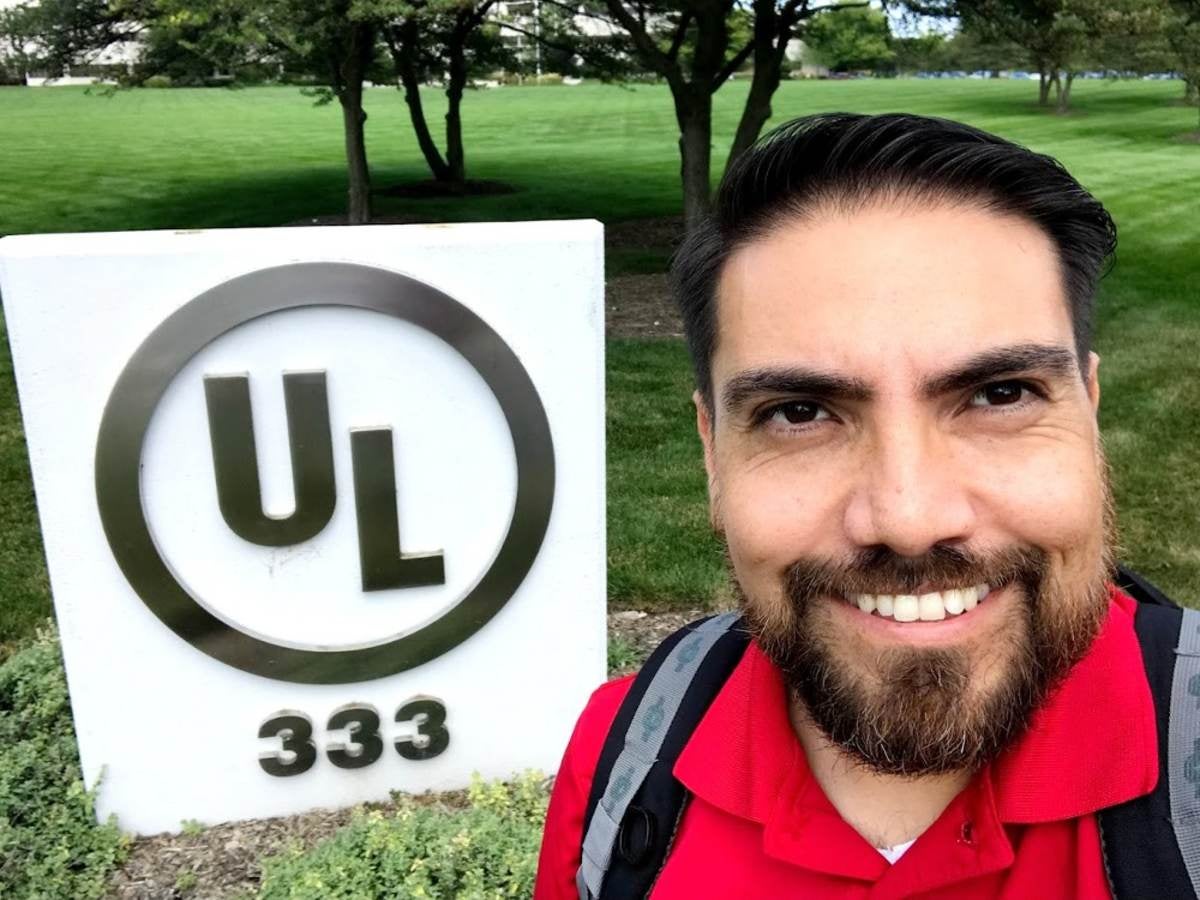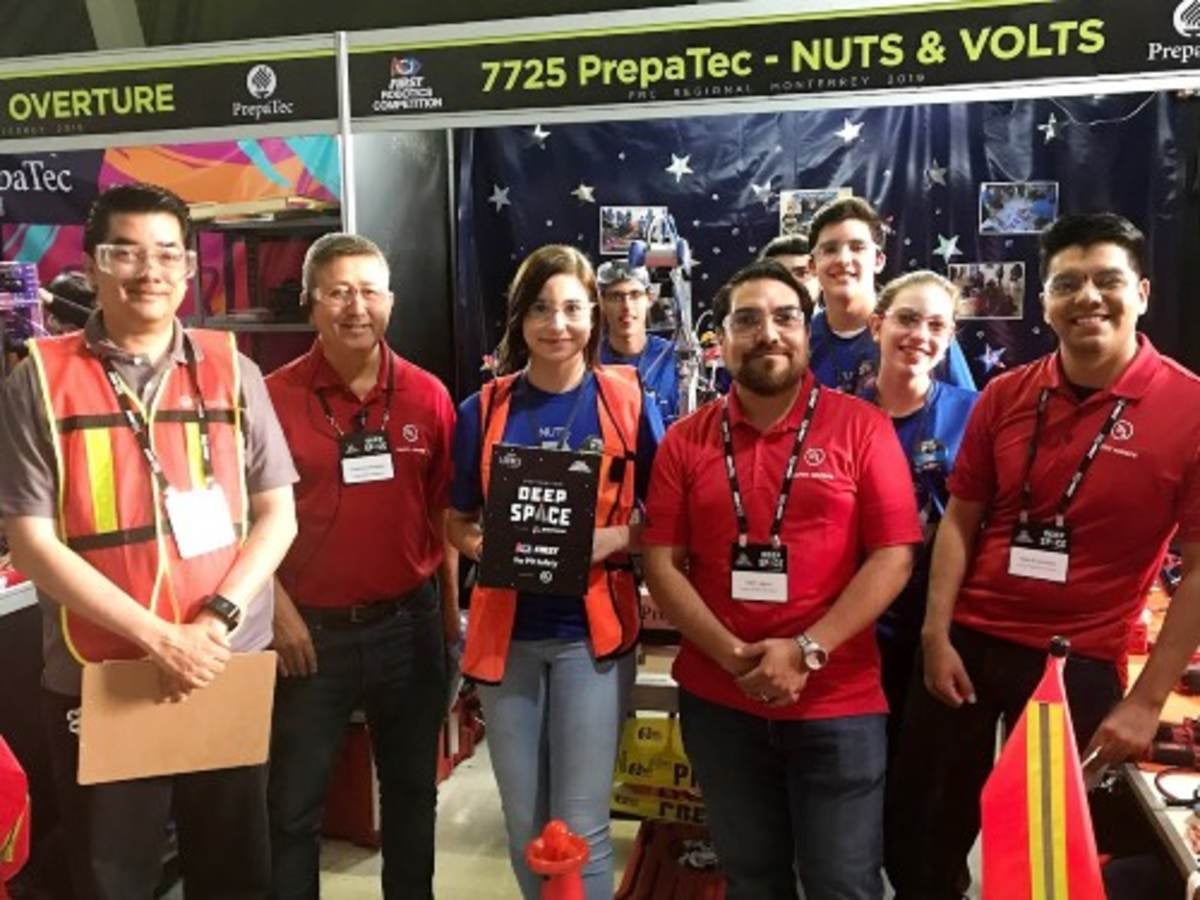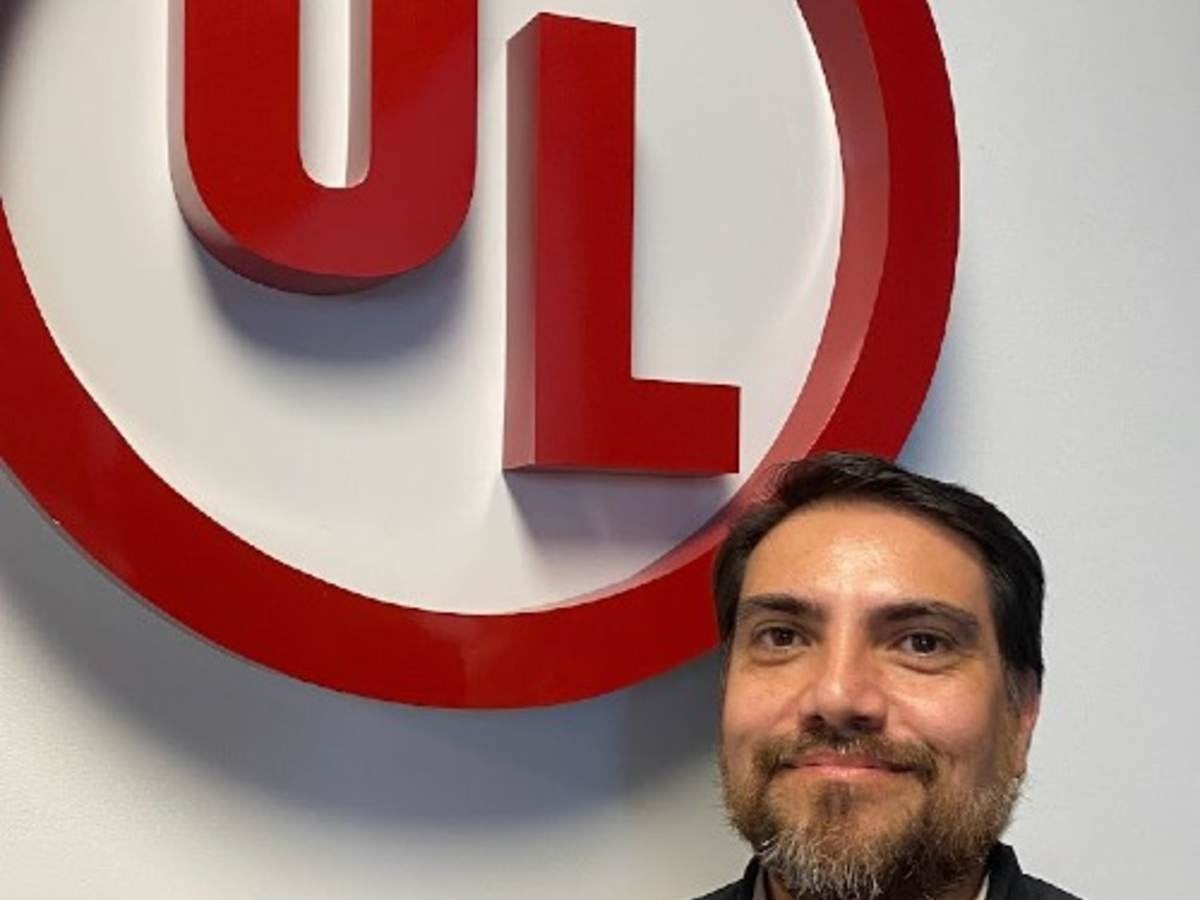October 4, 2023
As we celebrate National Hispanic Heritage Month in the United States (U.S.), we talked to Jean Leyva about his heritage, role at UL Solutions and passions in and out of the workplace. Leyva is currently based out of the East Inspection Center in Mexico as a field business manager and is the co-lead for the Latino business resource group (BRG) in Mexico.
Please tell us about your background.
I was born in the city of Toluca and raised in a little town named Coatepec Harinas, located in the center of Mexico. In 1991, when I was nine years old, my family and I moved to Torreón in Northern Mexico. This was where I eventually earned my degree in electronic engineering at the Instituto Tecnológico de la Laguna.
My first job was in Torreón, designing digital weight indicators for scales. In 2007, I joined UL Solutions as a field representative in Ciudad Juárez, Chihuahua, which is on the border near El Paso, Texas.
In 2008, UL Solutions gave me a new opportunity that allowed me to move closer to my family. I have lived in Monterrey, Nuevo Leon, ever since with my wife Diana, our daughter Maria Renee, our chihuahua Donato, and our boxer, Rufino. I love spending my free time with my family, putting together puzzles and mountain biking.
When did you first become interested in engineering?
As a kid, I was always interested in how things work. I was always disassembling things. When I was around ten years old, my uncle gave me a radio that wasn’t working. I got a screwdriver, took the radio apart and looked at the PC board, wires, and everything else inside.
I’d always disassemble my remote-control cars, too. I wanted to figure out how they moved, how the motor worked, and what wires connected where. My curiosity just kept growing and eventually became my passion and career.
What brought you to UL Solutions?
While working as a design engineer at my previous employer, one of my sister’s friends told me about an open position at UL Solutions. I applied and landed an interview with Jose Bonilla, who is now a field business manager in the U.S. I was a little surprised that we met for the interview in a restaurant because the group did not have offices. At the time, I wasn’t exactly sure what UL Solutions did or who they were. And I didn’t realize that my office would be my home or at whatever company I needed to visit. Now, I am proud to say I have been with UL Solutions for 16 years.
What are your favorite things about working for UL Solutions?
UL Solutions is always looking out for the good of its employees — not just the company.
The company’s flexibility allows me to maintain a healthy work-life balance. I was able to move closer to my family. In my previous roles, I made my own schedule and chose which companies I visited on a particular day — all while meeting work requirements and expectations.
I got the opportunity to meet lots of new people through visitations and inspections for a variety of different companies, which I really enjoyed. I also learn new things every day, which I love. I never stop learning because I’m working with different products, observing how they’re produced, and analyzing the processes that go into all this. I look at their requirements and how engineers have been trained.
After 16 years at UL Solutions, now as field business manager, it’s part of my job to advocate for employees, their work and their benefits. They are always meeting their goals and doing a great job. Part of my job is making sure the field engineering team remains safe as they do assessments and certifications. I need to help provide all the information, training and time they need so that they can continue doing a great job.
Why do you think diversity and months like National Hispanic Heritage Month are important?
National Hispanic Heritage Month is important because it is an opportunity for people in the U.S. to learn about Hispanic culture and traditions. This a time for Hispanic people to highlight how they live and work in the U.S. Often, there is tension between different cultures that I feel can only be resolved through education and kindness.
People need to work toward respecting one another, and then we will all be more well-received in each other’s countries. We need to accept people. We need to just love each other.
As the co-lead of BRG Latino, the branch of our employee resource group in Mexico, I believe that months like this bring awareness to the goals we have set as a group and help raise the Latino voice.
What are you proud of about your heritage? Are there any traditions you enjoy?
I’m proud that in Mexico, we are such warm people. We are always looking for ways to help and share with one another. In my experience, Hispanic people are generally very kind. For instance, once, I had an inspection in Brazil, and there was a language barrier. But even though we were communicating in both Spanish and Portuguese, everyone was welcoming and very patient with one another. I’ve also had similar experiences in Argentina and Chile.
As for traditions, I love celebrating Mexican Independence Day, which is on September 15 and 16. There are big festivals with beautiful costumes, face painting, flag waving and bell ringing.
I also love celebrating Christmas and New Year’s Eve with family.
How can we encourage more Hispanic and Latino students to engage in science, technology, engineering and math (STEM)?
I encourage anyone who likes to explore how things work to look into a career in STEM. Kids who are always taking things apart, like I did, should definitely be introduced to STEM studies.
Also, I’d love to see more companies offer opportunities for employees to move to other countries for work, even temporarily. We can learn a lot about different areas of STEM, regulations in different regions, and the different processes in place by seeing how things are done outside of where we’re from.



